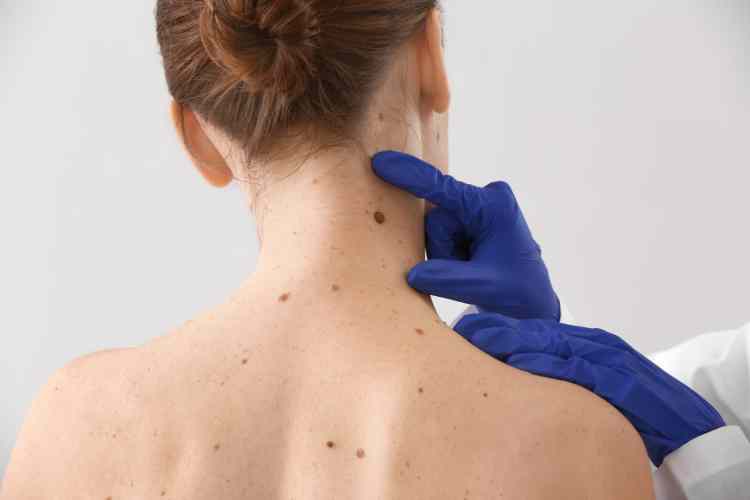Moles are a normal part of the human body, and many people have them. But what do they mean? Do you know what does a benign or malignant mole infers? It can be a sign of skin cancer, so it is important to keep an eye on them. Mole Check will help you keep track of your moles and let you notice any changes before it enlarges and become life-threatening. The sooner you catch your changing mole, the better chance you have at beating it.
If you are a resident of the Sunshine Coast, visit Click Here and get your mole check Sunshine Coast done today. Their mole check services are the most satisfactory and the best in the town.
How you can know its high time to get a mole check done?
Moles can change over time, and it’s important to know the difference between normal moles and those that may be cancerous. If you notice a mole changing shape or colour, itching or bleeding, consult with a dermatologist for an evaluation. You should also see your doctor if there is more than one new mole on the body or if they are larger than 6mm across. It’s important to know what to do when something doesn’t seem right about your skin. Early detection of melanoma saves lives. The earlier melanoma is detected, the better chance of survival because treatment options increase as tumours grows larger. Melanomas are curable if found early enough; however, once they have spread beyond their original site into other parts of the body (metastasized), cure rates decrease significantly.
What do you need to know before getting a mole check done?
Here are some facts you need to be well acquainted with before getting your mole check done.
- Moles can be cancerous or benign, but it’s important to have them checked out by a professional. Usually, a biopsy is needed in order to determine whether or not a mole is cancerous.
- The doctor will use either an electric needle (electrocoagulation) or surgical scalpel (excision) in order to remove part of the skin from around the lesion so that it can be examined under a microscope for signs of cancer cells.
- However, if there are signs of melanoma on your skin, then treatment options may include surgery and/or radiation therapy
- It’s possible that if there are no signs of cancer, then nothing else needs to happen other than having regular follow-up visits with your physician.
- It’s important that you understand all these risks before deciding on which course of action would best suit your needs.
How often should you get a mole check done?
Mole checks are recommended every 3-6 months by dermatologists as part of routine self-exams for anyone who has 10 or more moles on their body at any given time and/or has had a history of sunburns in childhood (before age 18). This includes people with light complexions who tend to burn easily and freckle instead of tanning brown like most people do after being exposed to sunlight for long periods of time without protection from sunscreen lotion or clothing covering all areas exposed to sunlight during peak hours.
The Bottom Line
Moles are often harmless, but they can also indicate skin cancer. You should get your mole checked out if it has any changes in appearance, such as an irregular shape, border, colouration, elevation or surface texture. If you notice any new spots on your skin that don’t go away within a few weeks then they might be something serious like melanoma which is cancerous. Schedule an appointment and get the mole check done by an expert dermatologist today.

